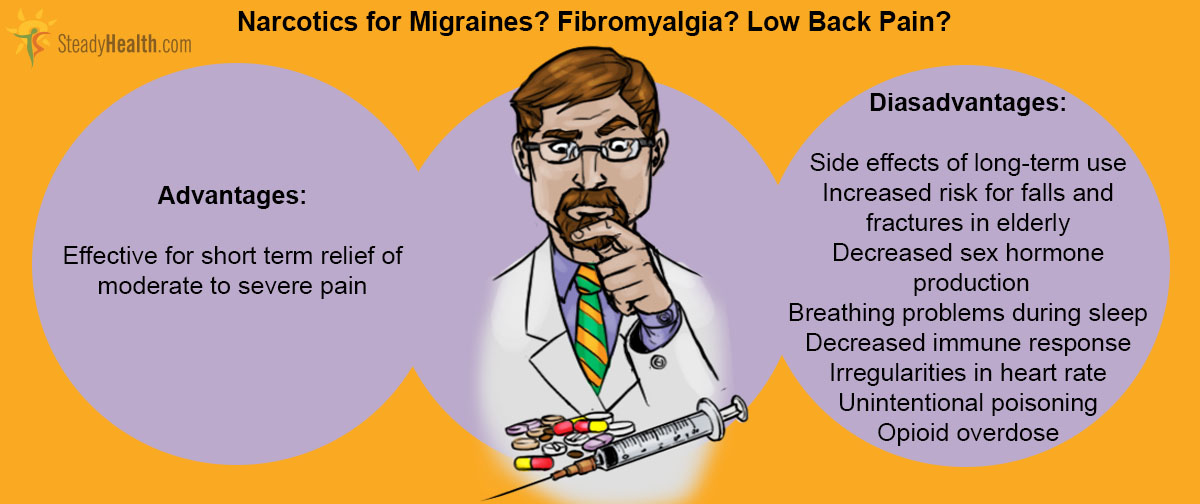Pain is one of the major reasons why people seek treatment. It is a symptom associated with many conditions, including trauma, acute illnesses, and chronic disease. It may be characterized as acute or chronic (long-lasting), although others experience intermittent (on-and-off) pain. Pain may go away when the source is successfully treated, but in some conditions, pain may be associated with a disease that is incurable (such as some cancers) or intractable (such as fibromyalgia). In many cases, the patient may suffer from progressive pain, which does not seem to get better with ordinary treatments. This can significantly reduce their quality of life as well as their productivity.

There are many medications people use to relieve pain, including over-the-counter drugs and those prescribed by their doctors. For people who suffer from chronic pain that is moderate to severe in intensity, one type of pain reliever may not work. Sometimes, they need higher doses to feel better. In these cases, doctors may prescribe opioids or narcotic medications, which are known to be effective, to put their patients back on their feet and be able to live a more productive life.
The sharp increase in the number of deaths related to opioid overdose has led many experts to warn practitioners that the risks of using opioids far outweigh the benefits in non-cancer conditions characterized by chronic pain such as fibromyalgia, headache, and lower back pain.
How Narcotics Work
People often associate narcotics with illicit drugs, which some people use for recreational purposes. However, “narcotics”, which is derived from the Greek word "narke," means "numbness," refers to substances that induce stupor, sleep, or insensibility, and are commonly medically prescribed as opioids or opioid derivatives. They come from opium, which consists of a mixture of alkaloids extracted from the poppy plant (Papaver somniferum). The natural derivatives of these alkaloids are called opiates, and these include codeine, morphine, and heroin. Synthetic opiate derivatives include oxycodone, hydrocodone, methadone, fentanyl, and hydromorphone.
Opioid drugs are used in different forms, such as pills, liquids, and suckers, which are taken by mouth, and injections, skin patches, and suppositories. These drugs are often prescribed to reduce moderate to severe pain that is not relieved by other pain medicationssuch as non-steroidal anti-inflammatory drugs (NSAIDs).
See Also: Dilemma Of Opioid Drugs
They reduce the amount of pain signals sent by your nervous system as well as your brain's reaction to these pain signals.
Opioids are very effective in relieving moderate to severe pain, but they are often prescribed for short-term use in patients who are suffering from pain due to various conditions, such as cancer, which may not respond to other forms of pain treatments. However, like other drugs, opioids have many potential side effects. These include nausea, vomiting, constipation, drowsiness, and dizziness. Serious, long-term side effects of include decreased immune response, decreased sex hormone production, increased risk for falls and fractures in elderly patients, breathing problems during sleep, irregularities in heart rate, opioid overdose, unintentional poisoning, and death.
The Use Of Opioids In The US
Pain, being one of the most common causes why people seek medical help, is also the reason why opioids are widely prescribed in the US, together with NSAIDs and muscle relaxants. Aside from its common side effects, opioid abuse has become a problem in society. This problem does not only involve teenagers or celebrities, whom we often hear about on the news, but ordinary citizens who use these medications for pain and other symptoms.

The US Centers for Disease Control and Prevention (CDC) has reported more than 100,000 opioid-related deathshave been recorded since the 1990s, due to an epidemic of opioid abuse.
This drug also accounted for almost 40% of all opioid-related deaths involving a single drug. The death rate due to overdose associated with methadone was significantly higher than those associated with multidrug and single-drug use.
The most common cause of complications and deaths from pure opioid overdose is respiratory compromise. Other causes include status epilepticus (seizures), acute lung injury, and cardiac toxicity. Other people die from using a combination of opioids, other drugs and alcohol. Aside from unintentional overdose, suicidal intent also plays a role in the increase in the number of deaths related to the use of opioids.
Recommendations for Opioid Use
To address these growing concerns, the American Academy of Neurology has initiated the adoption of a policy regarding the use of opioids. The author of the policy statement, which was published in Neurology, is Gary Franklin, MD, of the University of Washington in Seattle. The statement includes dosing guidelines, which advises primary care physicians to refer their patients to pain management specialists when their daily opioid doses reach 120 mg of the equivalent for morphine. Franklin notes that the Ohio state medical board has recently issued guidelines with an 80 mg/day cutoff. This means that if patients need higher doses of opioids to relieve their pain, they must be re-evaluated by a specialist in pain who will determine the best options of treatment for them.
However, some people continue to use these drugs for years. Furthermore, although some doctors continue to prescribe opioids left and right, they have not been shown to be effective in treating chronic non-cancer pain, such as generalized pain, migraines or other types of headaches, chronic low back pain, or fibromyalgia pain relief.
See Also: Beating Pain Pill Addiction And Abuse
The policy statement emphasizes the need for doctors to follow specific guidelines for dosing, to screen their patients for risk, and to monitor their patients for early signs of misuse or severe side effects. It also lists best practices, including checking a prescription data monitoring program (PDMP) before prescribing opioid analgesics, avoiding morphine-equivalent doses above 80 to 120 mg/day, and routine screening for substance abuse.
Furthermore, doctors must consider using other alternative pain therapies in patient management, including exercise, cognitive-behavioral therapy, spinal manipulation, and rehabilitation.
- Medpage Today. AAN Warns Against Opioids in Chronic Noncancer Pain. http://www.medpagetoday.com/PainManagement/PainManagement/47871?
- Medscape. Opioid Toxicity. http://emedicine.medscape.com/article/815784-overview#a0101
- WebMD. Opiate Pain Relievers for Chronic Pain. http://www.webmd.com/pain-management/opioid-analgesics-for-chronic-pain
- Neurology. Opioids for chronic noncancer pain. http://www.neurology.org/content/83/14/1277.full
- Photo courtesy of Eric Norris by Flickr: www.flickr.com/photos/sfxeric/3964596491
- www.medpagetoday.com
- medscape.com
- www.webmd.com
- www.neurology.org

